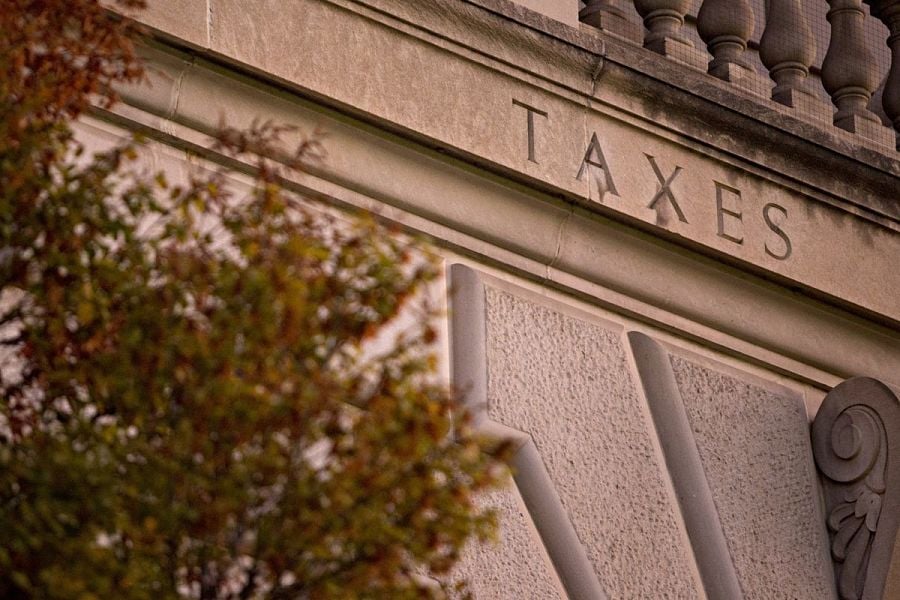

While the CARES Act waived required minimum distributions for 2020, IRS relief allowed individuals who had already taken RMDs to put them back by rolling those funds over -- but only until Aug. 31. So what happens after Aug. 31 if individual retirement account or retirement plan funds are withdrawn? Which rollover rules apply now?
Answer: The same rules as before the IRS relief, as if that relief never happened.
Withdrawn funds must be rolled over within 60 days of receipt, but even within the 60 days, the funds still must be eligible to be rolled over. Funds are ineligible if they violate the once-per-year rule, and non-spouse beneficiaries cannot roll over distributions from inherited IRAs.
This rule only applies to IRAs, not to distributions from employer plans. Only one indirect rollover from one IRA to another IRA (or Roth IRA to Roth IRA) can be done within 365 days -- not a calendar year. This rule also does not apply to Roth conversions.
If you have a client who was not able to return an RMD taken in 2020 by Aug. 31 and now cannot because he or she has already done another IRA rollover in the last 365 days, they still can do a Roth conversion if they are within 60 days since the distribution was received. That’s because the once-per-year rule does not apply to Roth conversions. Since the funds withdrawn will be taxable anyway (because they are no longer eligible for rollover), you may as well convert them to a Roth IRA. Normally, RMDs cannot be converted to a Roth, but since there are no RMDs for 2020, these funds are eligible to be converted for this year only. But the Roth conversion still must be done within 60 days of the distribution since the IRS relief on that rule has expired.
If the unwanted RMD was taken earlier than 60 days ago, the funds cannot be rolled over. But there is one outside exception that could apply here -- coronavirus-related distributions, or CRDs.
If your client took an RMD that is now unwanted but did not return the funds by rolling them over to an IRA or retirement plan before Aug. 31, they might still be eligible for a rollover. If they qualify for a CRD, they have three years from the day after the CRD was taken to return the funds. They must qualify for a CRD, though, by being affected by illness or lost income due to the pandemic. The CARES Act and IRS Notice 2020-50 spell out the CRD qualifications.
If they qualify, they can return the unwanted funds in one shot this year or over three years, or not at all if they wish. They can spread the income over three years or elect to include the income in one year. If they wish to eliminate the tax bill on the unwanted 2020 RMD and they qualify for a CRD, they have until the time they file their 2020 tax return (including extensions) to return those funds and erase the tax bill. The CRD provision is limited to $100,000, though. Any portion of an unwanted RMD in excess of that amount won’t qualify.
Non-spouse IRA beneficiaries can no longer return unwanted RMDs after Aug. 31. That was a one-time special deal from the IRS under Notice 2020-51. However, if they qualify for a CRD, they too have three years to return the unwanted funds.
Some people thought there would be no relief for unwanted 2020 RMDs and converted the funds to Roth IRAs. It turns out they pulled the trigger too soon, because these conversions cannot be undone. The Tax Cuts and Jobs Act eliminated the ability to recharacterize (undo) Roth conversions. That’s not the worst thing in the world, though, since these conversions reduced the IRA balance and are now growing tax-free in the Roth IRA. Plus, there are no lifetime RMDs and beneficiaries can inherit these funds tax-free.
Even though there are no 2020 RMDs, clients can still take advantage of qualified charitable distributions by making direct transfers from their IRAs to qualifying charities. QCDs are only available to IRA owners or beneficiaries who are age 70 ½ or older. QCDs apply to company plans, donor-advised funds or private foundations. IRA owners can contribute up to $100,000 per year with QCDs.
Since most people no longer itemize deductions, QCDs provide a way to still gain a tax benefit. The QCD is an exclusion from income, which is better than a tax deduction anyway since it lowers adjusted gross income while reducing the IRA balance at zero tax cost -- very tax-efficient. So even though there are no 2020 RMDs, QCDs are still alive and well and should be taken advantage of for year-end 2020 donations.
Check out Ed Slott’s latest Tax Tip videos here.
For more information on Ed Slott, Ed Slott’s 2-Day IRA Workshop and Ed Slott’s Elite IRA Advisor Group, please visit www.IRAhelp.com.

Executives from LPL Financial, Cresset Partners hired for key roles.

Geopolitical tension has been managed well by the markets.

December cut is still a possiblity.

Canada, China among nations to react to president-elect's comments.

For several years, Leech allegedly favored some clients in trade allocations, at the cost of others, amounting to $600 million, according to the Department of Justice.
Streamline your outreach with Aidentified's AI-driven solutions
This season’s market volatility: Positioning for rate relief, income growth and the AI rebound
